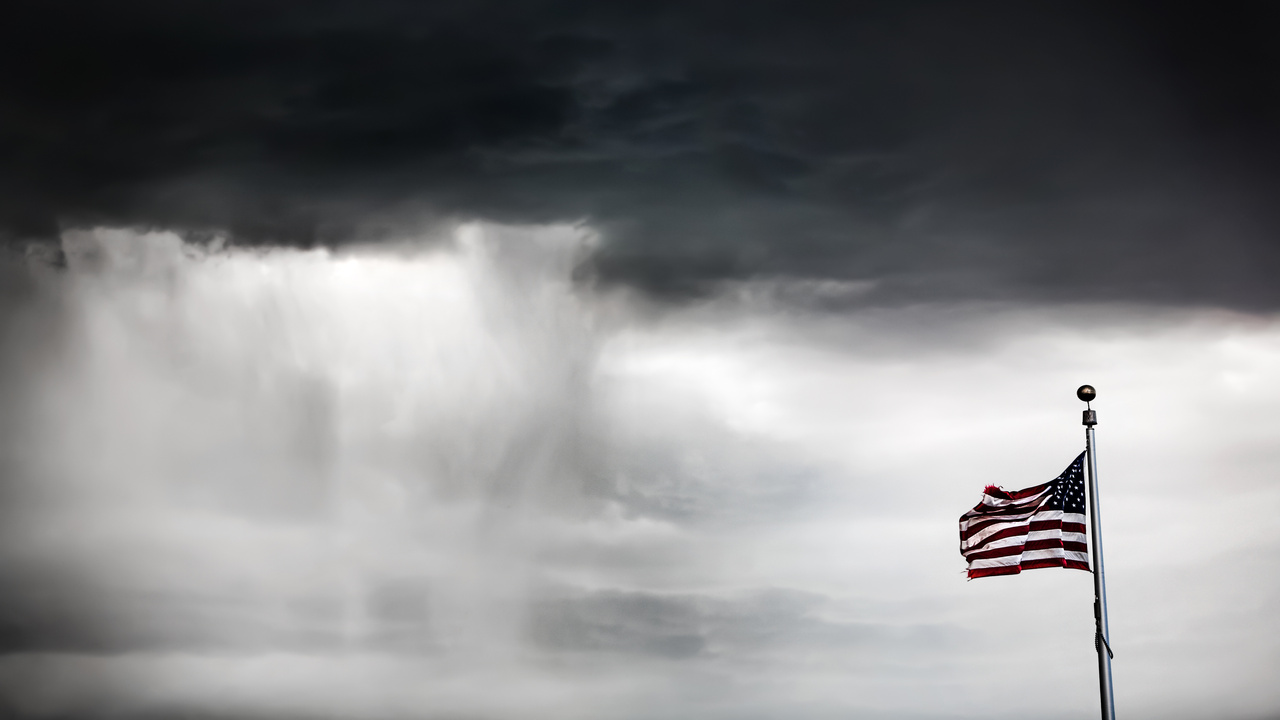Setting up a decorative flagpole in your yard is a great way to add flair to your home’s exterior. However, flag owners often face a challenge when trying to keep their flagpoles secure and functional during heavy storms. Storm-proofing your flagpole to prepare for severe weather is essential for protecting your investment.
Invest in a Sturdy Flagpole
Flagpoles come in a variety of materials and designs, each with their own strengths and vulnerabilities when it comes to harsh weather. Aluminum poles, for instance, are lightweight and rust-resistant, making them a popular choice for residential areas. Fiberglass poles stand up well against corrosion and are particularly durable in windy environments. Residential steel poles might require more attention than other models due to their susceptibility to rust if not properly coated.
Telescoping flagpoles are a standout choice for storm preparation, as they can be quickly retracted, reducing their exposure to wind and debris. Fixed poles, while sturdy, demand more preparation and maintenance to endure fierce storms.
Prepare Before Severe Weather Hits
A crucial step in storm-proofing your flagpole and preparing for severe weather is lowering or removing your flag altogether. Not only does this protect your flag from potential damage, but it also removes added wind resistance that could strain the pole.
Inspecting your flagpole hardware is equally important. Examine pulleys, halyards, and cleats to ensure they are in good condition. Any frayed lines or loose components should be replaced promptly. Additionally, it’s wise to anchor check the base of your flagpole for stability, keeping an eye out for rust or wear that could compromise its integrity.
Stay Safe During the Storm
When severe weather hits, put safety first. Don’t try to lower or secure the flagpole once the storm is underway—high winds and lightning create dangerous conditions that aren’t worth the risk. Among the flagpole safety tips you should know, one of the most important is to stay indoors and wait until the storm passes before assessing any damage.
Conduct Maintenance Afterwards
Once the skies clear, it’s time to assess your flagpole’s condition. Check for bending, tilting, or loose connections that may have resulted from high winds. Inspect nearby structures for signs of contact damage if the pole fell, and take note of what needs repair or reinforcement.
Routine maintenance is the most effective way to ensure your flagpole stays in great shape. Regularly inspecting and caring for it will not only prepare you for the next storm but also extend the life of your flagpole.

